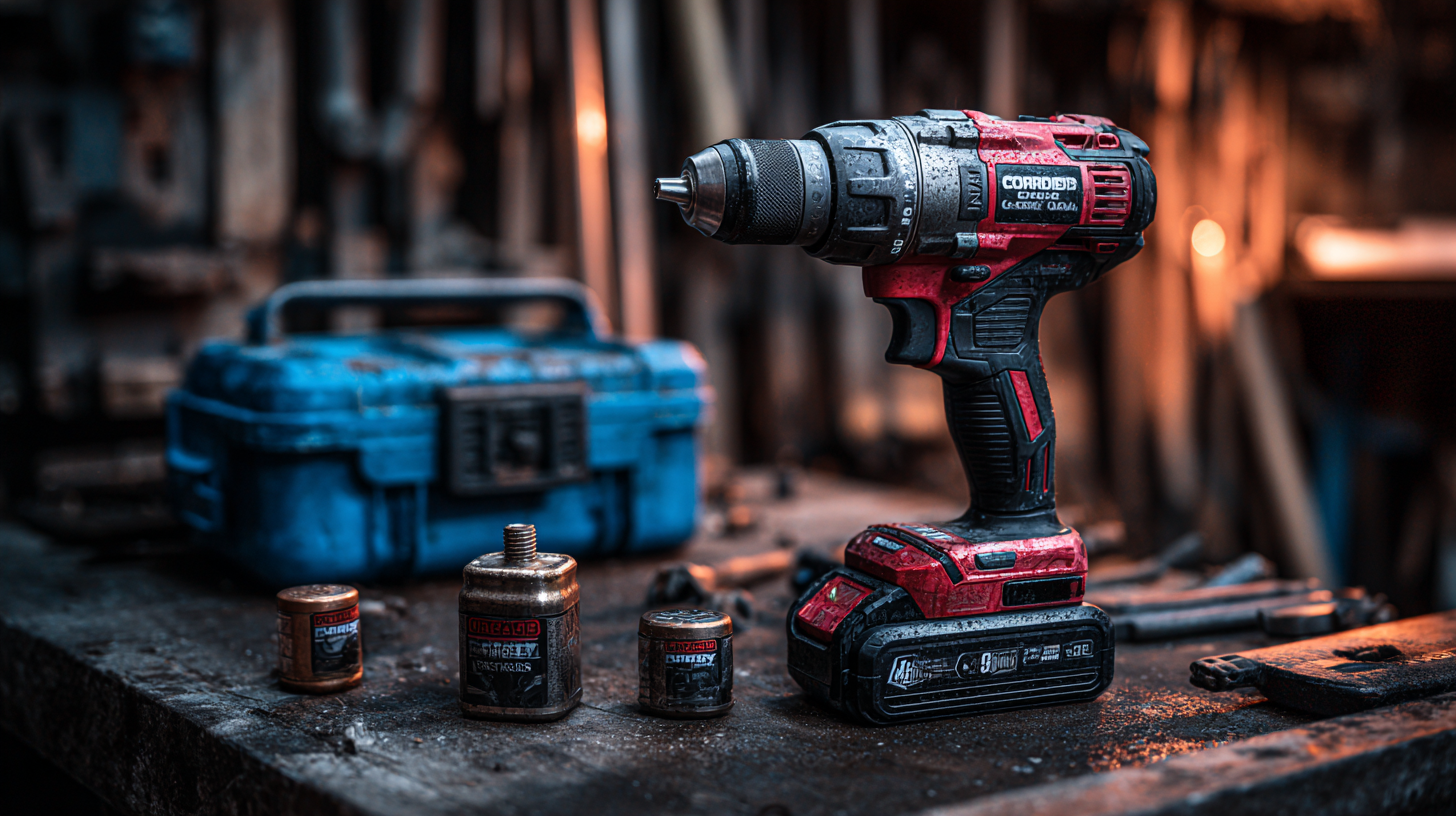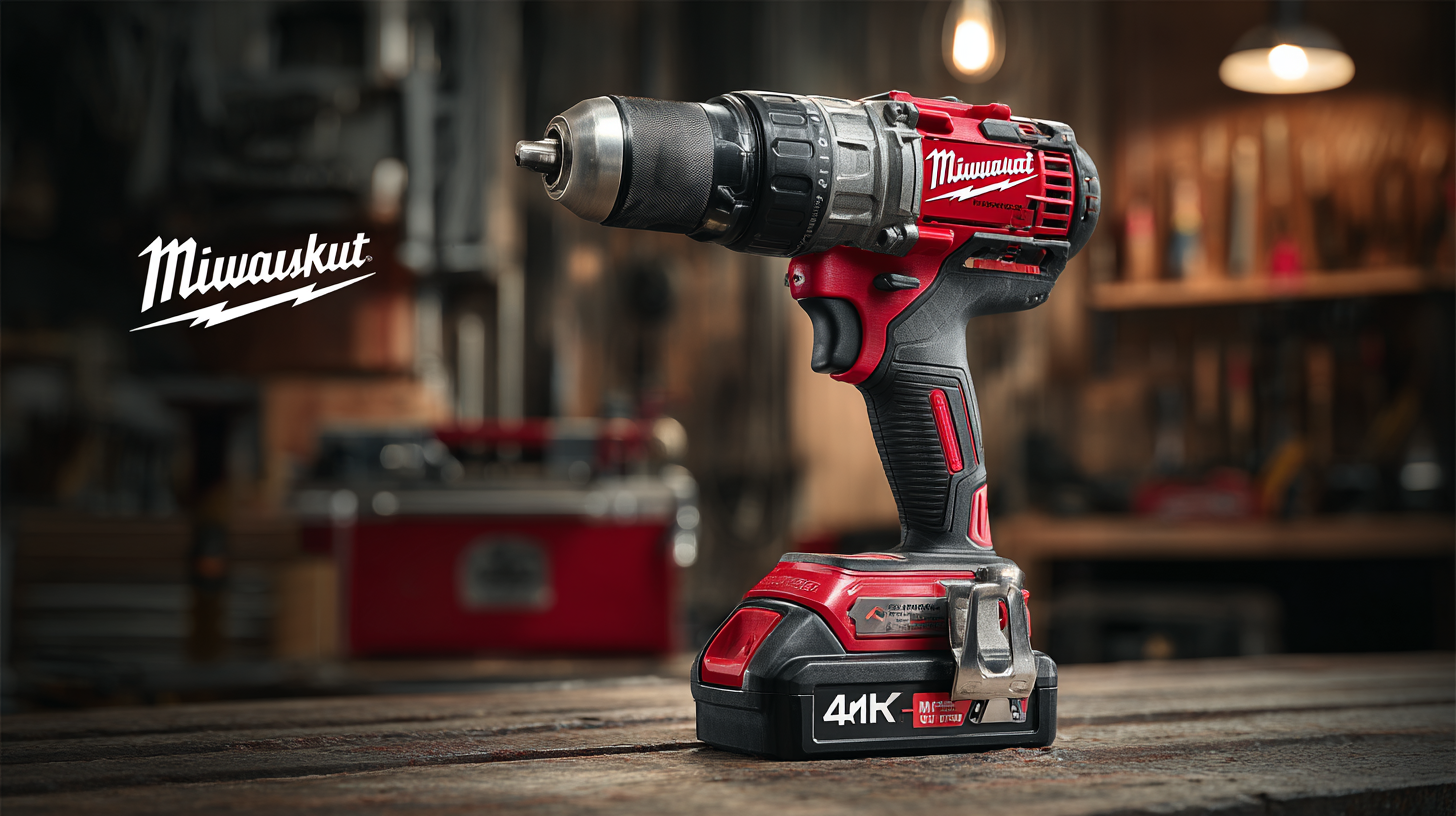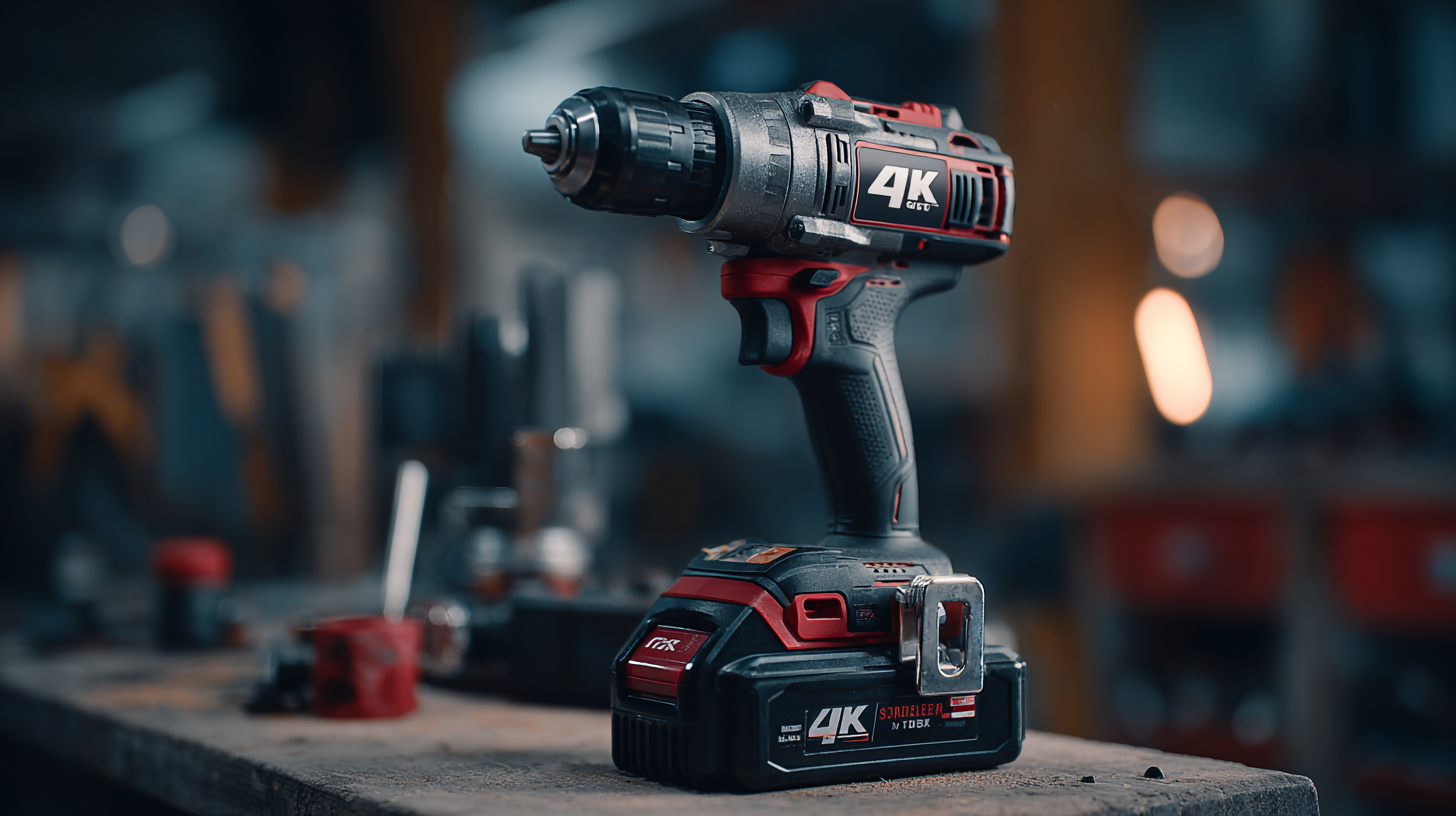Maximizing Value with Best Cordless Impact After Sales Service and Maintenance Cost Savings
In the rapidly evolving landscape of power tools, the cordless impact driver has emerged as a game-changer, blending efficiency with convenience. According to a recent industry report from Freedonia Group, the cordless power tool market is projected to reach $25 billion by 2025, driven largely by advancements in battery technology and increasing demand for portable solutions. However, while the initial investment in high-quality cordless impact tools may be substantial, many users overlook the potential for significant long-term savings through effective after-sales service and maintenance. By implementing a rigorous checklist for upkeep, users can maximize value while minimizing unexpected repair costs. Understanding these pivotal aspects is essential, as maintenance not only ensures optimal performance but also prolongs the lifespan of the equipment, ultimately fostering a more sustainable approach to power tool ownership.

Understanding the Importance of After Sales Service in Cordless Impact Tools
When investing in cordless impact tools, the importance of
after-sales service can often be overlooked. After-sales support not only ensures that
customers have access to timely assistance but also enhances the overall experience of owning high-quality tools.
Proper maintenance and swift repairs can prolong the lifespan of cordless impact tools, making them more
cost-effective in the long run. Understanding how to maximize this service can significantly elevate their
value, reducing downtime and increasing productivity on the job.
Additionally, regular maintenance can prevent minor issues
from escalating into costly repairs. Through proactive communication with after-sales support teams and
following recommended maintenance schedules, users can ensure that their cordless impact tools operate at
peak performance. This creates a reliable work environment where tools function as expected, allowing
workers to focus on their tasks without concerns about equipment failure.
Emphasizing the importance of after-sales service not only aids in effective tool management but also
fosters a loyal customer relationship that benefits both the user and
the manufacturer.
Key Maintenance Practices to Extend the Life of Cordless Impact Wrenches
Proper maintenance of cordless impact wrenches is essential for maximizing their lifespan and performance, ultimately leading to significant cost savings. According to a report from the American National Standards Institute (ANSI), regular maintenance can extend tool life by up to 30% and reduce repair costs by approximately 20%. This highlights the importance of adopting key maintenance practices.
One effective maintenance tip is to regularly check and clean the air intake and filter. A clogged filter can reduce airflow, leading to overheating and ultimately shortening the tool's lifespan. Additionally, ensuring that the battery connections are clean and free of corrosion maximizes energy transfer and efficiency. It is recommended to inspect batteries weekly and replace them if any signs of wear are detected.
Another crucial practice is to lubricate the moving parts of the wrench frequently. A study by the Society of Automotive Engineers (SAE) found that tools that were properly lubricated experienced fewer breakdowns and maintained optimal torque for longer periods. Using the right lubricant, as specified by the manufacturer, is also crucial to ensure compatibility and prevent damage. Following these maintenance tips can significantly reduce after-sales service costs while enhancing productivity in the long run.
Cost-Benefit Analysis: Balancing Quality and Maintenance in Cordless Tools
In the world of cordless tools, conducting a thorough cost-benefit analysis is essential to achieving a balance between quality and maintenance. Understanding the initial investment versus the long-term savings in maintenance and operational efficiency can significantly influence purchasing decisions. By selecting high-quality cordless impact tools with reduced after-sales service needs, users can enjoy extended longevity and performance, ultimately resulting in lower overall costs.
Tips for maximizing value include investing in energy-efficient models that not only deliver superior performance but also minimize energy consumption, reducing the carbon footprint and operational costs. Additionally, opting for tools with intelligent condition monitoring features can provide invaluable data regarding system performance and maintenance requirements. This proactive approach helps to anticipate potential issues before they escalate, ensuring cost savings and operational efficiency over time.
Furthermore, consider the benefits of tools that leverage advanced technology and materials. These innovations can lead to lighter, more durable products that require less frequent replacements, further driving down costs. Evaluating the life cycle costs of various cordless tools will help you make informed choices that enhance productivity and sustainability in your projects.
Maximizing Value with Best Cordless Impact After Sales Service and Maintenance Cost Savings - Cost-Benefit Analysis: Balancing Quality and Maintenance in Cordless Tools
| Tool Model |
Initial Cost ($) |
Service Cost Year 1 ($) |
Service Cost Year 2 ($) |
Expected Lifespan (Years) |
Total Cost Over Lifespan ($) |
Average Cost Per Year ($) |
| Model A |
150 |
20 |
15 |
5 |
275 |
55 |
| Model B |
180 |
25 |
20 |
6 |
370 |
61.67 |
| Model C |
200 |
15 |
10 |
7 |
320 |
45.71 |
| Model D |
220 |
30 |
25 |
5 |
430 |
86 |
Real-World Examples of Successful After Sales Strategies in Tool Industry
In the tool industry, effective after-sales service can significantly enhance the value of cordless impact tools. Companies that prioritize customer support not only build loyalty but also differentiate themselves from competitors. A prime example is a leading brand that implemented a robust warranty extension program, which was accompanied by informative workshops to educate users about tool maintenance. This strategy not only reduced the frequency of repairs but also led to higher customer satisfaction and repeat purchases.
Tip: Invest in customer education by hosting online webinars or local workshops. This proactive approach fosters a community of informed users who can troubleshoot common issues, reducing reliance on customer support.
Another successful strategy involves leveraging technology for remote diagnostics. Brands that incorporate smart features allow users to gather operational data, making it easier to predict maintenance needs. This innovation not only minimizes downtime but also extends the lifespan of tools, yielding significant cost savings for consumers.
Tip: Encourage customers to use your app or website for tracking tool performance and receiving maintenance reminders. This helps users stay engaged and maintain their tools in optimal condition while enhancing their overall experience.
Future Trends in Cordless Tool Maintenance and Service by 2025
As we project toward 2025, the future of cordless tool maintenance and service is evolving rapidly, driven by technological advancements and the need for cost efficiency. With manufacturers focusing on smart designs, many cordless impact tools will feature built-in diagnostic systems that can alert users to potential issues before they become major problems. This proactive approach will not only enhance the lifespan of tools but also significantly reduce maintenance costs.
Here are some tips to maximize savings on service and maintenance for your cordless tools:
First, prioritize regular software updates if your tool supports it. These updates can improve performance and preemptively address any bugs.
Second, take time to clean your tools after each use. Dust and debris can lead to mechanical failures if not removed regularly.
Lastly, consider investing in training for your team on basic troubleshooting techniques; this empowers users to resolve minor issues on their own, reducing reliance on external service providers.
As we look forward to advancements in cordless tool technology, the incorporation of predictive maintenance features and accessible online resources will shape the way we manage service needs. Keeping abreast of these trends will ensure optimal tool performance while driving down costs associated with after-sales service.
 English
English English
English Español
Español Português
Português русский
русский Français
Français 日本語
日本語 Deutsch
Deutsch tiếng Việt
tiếng Việt Italiano
Italiano Nederlands
Nederlands ภาษาไทย
ภาษาไทย Polski
Polski 한국어
한국어 Svenska
Svenska magyar
magyar Malay
Malay বাংলা ভাষার
বাংলা ভাষার Dansk
Dansk Suomi
Suomi हिन्दी
हिन्दी Pilipino
Pilipino Türkçe
Türkçe Gaeilge
Gaeilge العربية
العربية Indonesia
Indonesia Norsk
Norsk تمل
تمل český
český ελληνικά
ελληνικά український
український Javanese
Javanese فارسی
فارسی தமிழ்
தமிழ் తెలుగు
తెలుగు नेपाली
नेपाली Burmese
Burmese български
български ລາວ
ລາວ Latine
Latine Қазақша
Қазақша Euskal
Euskal Azərbaycan
Azərbaycan Slovenský jazyk
Slovenský jazyk Македонски
Македонски Lietuvos
Lietuvos Eesti Keel
Eesti Keel Română
Română Slovenski
Slovenski मराठी
मराठी Srpski језик
Srpski језик



